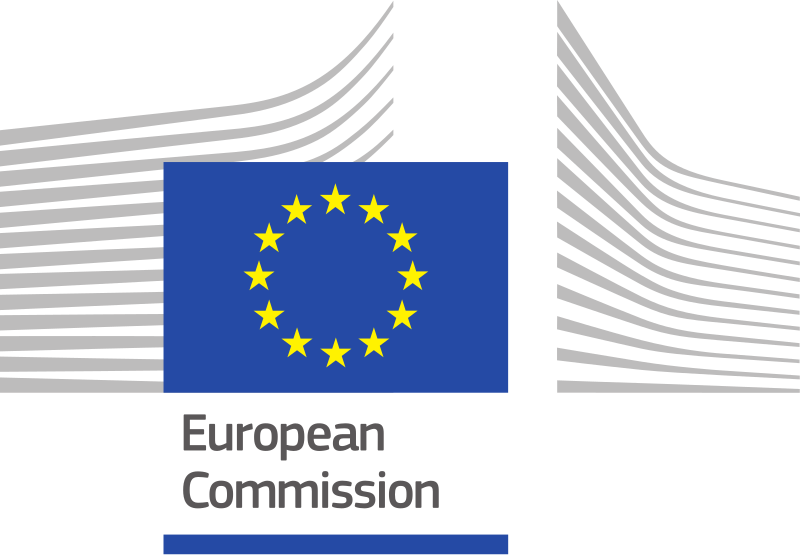BAKU, Azerbaijan, October 19. The European Union views Turkmenistan as a crucial player in enhancing transport connectivity between Asia and Europe, particularly through the Trans-Caspian Transport Route (TITR, or Middle Corridor), the press office of the European Commission told Trend.
"Turkmenistan has an important geographic role in TITR since it is located on the southern branch connecting from China to the Caspian Sea, and due to its modern port in Turkmenbashi," the commission's spokesperson said.
According to information, the EU sees TITR as a highly relevant route as geopolitical dynamics shift. The route is emerging as a modern, multimodal economic gateway, offering significant potential for growth and regional integration.
"Its increased relevance is already apparent in the recent growth of transport volumes. In 2022, the EU accounted for more than half of the increase in exports from Central Asia. In addition, cargo transport volume on the Trans-Caspian International Transport Route increased by 88 percent in the first nine months of 2023, reaching two million tons. Trade along the route is projected to triple by 2030," the press office added.
The EU’s strategy for boosting connectivity in Central Asia emphasizes a regional approach, involving collaboration among all five Central Asian nations. A pivotal conclusion from the EU’s study on sustainable transport connectivity, published in 2022, underscored the importance of improved interconnectivity between the nations to maximize the benefits of increased cargo flows and drive sustainable economic growth.
"Through the recently established coordination platform for the Trans-Caspian Transport Route, the EU will work with partners on facilitating progress on infrastructure priority projects," the press office stated.
Additionally, a new regional transport program for Central Asia, expected by the end of 2024, aims to provide technical assistance for regulatory reforms, customs harmonization, safety standards, and logistics coordination, all of which are vital for improving "soft connectivity" and complementing physical infrastructure investments.
"By removing soft connectivity obstacles and supporting the coordination and acceleration of hard infrastructure investments, the program will help increase regional trade and sustainably reduce land transport times between Asia and Europe. This will be complemented by the Central Asia Prosperity Program adopted in 2023, which specifically covers the priority of trade facilitation and digitalization of transport documents in Central Asia," the commission's spokesperson concluded.
With these initiatives, the EU is reinforcing Turkmenistan's importance as a strategic hub, helping to unlock new trade opportunities and regional prosperity between Asia and Europe.
The Trans-Caspian Transport Route connects the container rail freight networks of China and the European Union, passing through Central Asia, the Caucasus, Türkiye, and Eastern Europe. This multilateral, multimodal transportation route integrates ferry terminals on the Caspian and Black Seas with the railway systems of several countries, including China, Kazakhstan, Azerbaijan, Georgia, Türkiye, Ukraine, and Poland.
The route significantly boosts cargo traffic between China and Türkiye, as well as to European nations, and facilitates movement in both directions. One of its key advantages is the reduced transit time, with freight trains completing the journey from China to Europe in an average of 20–25 days.







